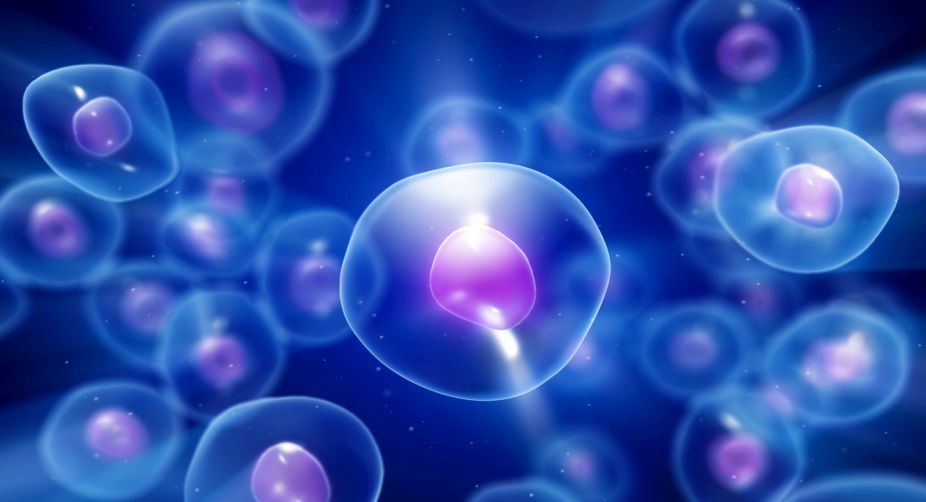Scientists have developed a new colour-coding tool that enables them to better track live blood stem cells clones that plays a role in blood disorders and cancers like leukemia.
People are born with a certain number of blood stem cells and rely on them for life.
Various blood disorders and cancers are thought to arise when a mutant clone of an original blood stem cell starts to dominate.
But what actually happens with blood stem cells over time has been hard to pin down.
“There’s significant interest in determining how a stem cell clone expands, what makes one clone dominant, and why that predisposes you to cancer and blood disorders,” said Leonard Zon, Director of the Stem Cell Research Programme.
In the study, the researchers used the new tool on a specially bred zebrafish called Zebrabow that has multiple copies of genes for red-blue-gene fluorescent protein scattered through its genome. This technique yields, in theory, about 80 different colours based on the cell’s overall proportions of each fluorescent protein- each colour representing a different clone or variety of blood stem cell, the researchers said.
Thus, with the new technique, the researchers could isolate the cells by colour, and then look at what genetic factors are involved in their expansion.
Until now, this has been hard to analyse, since no one knew how many blood stem cells we start out with.
Based on the zebrafish data, the researchers estimate that blood stem cells make up about 20 per cent of all blood cell progenitors at the time they are formed.
The study provides a starting point for exploring, for example, why and how a particular blood stem cell clone may begin to expand as people age, posing a risk for leukemia, or how cancer chemotherapy can sometimes transform tumour cells as well as help improve bone marrow transplant for a variety of childhood and adult disorders.
The study appears in the journal Nature Cell Biology.
